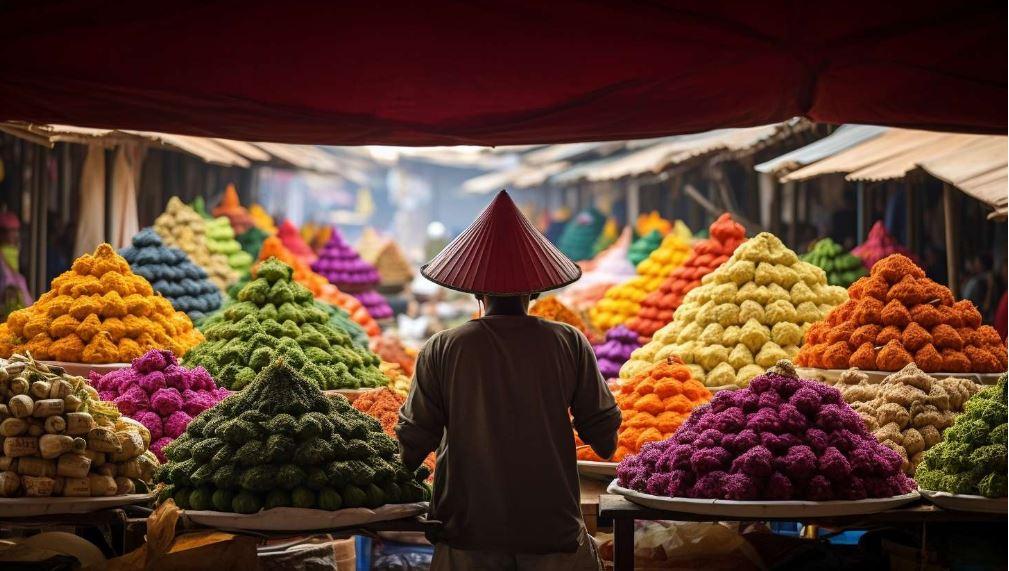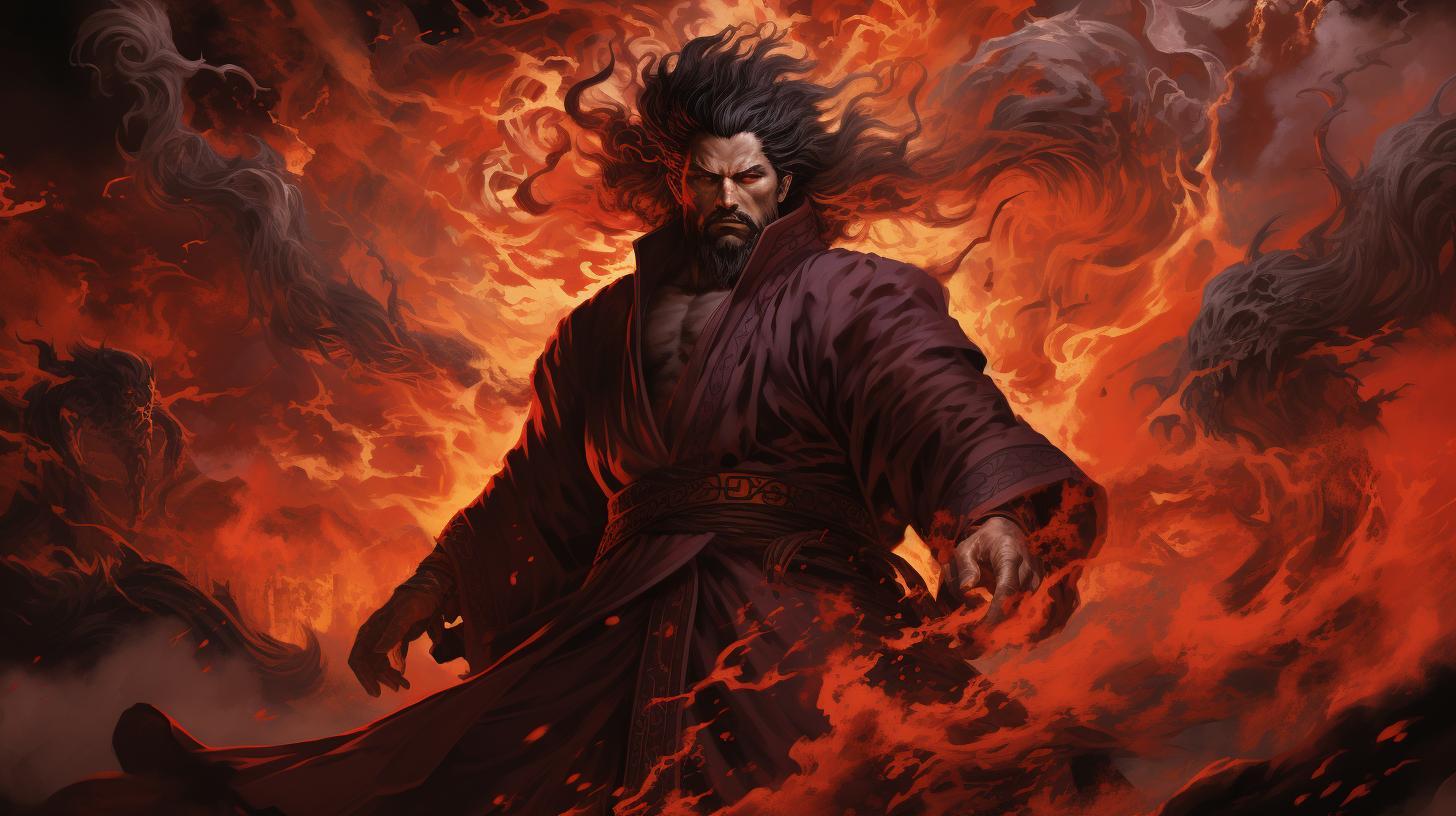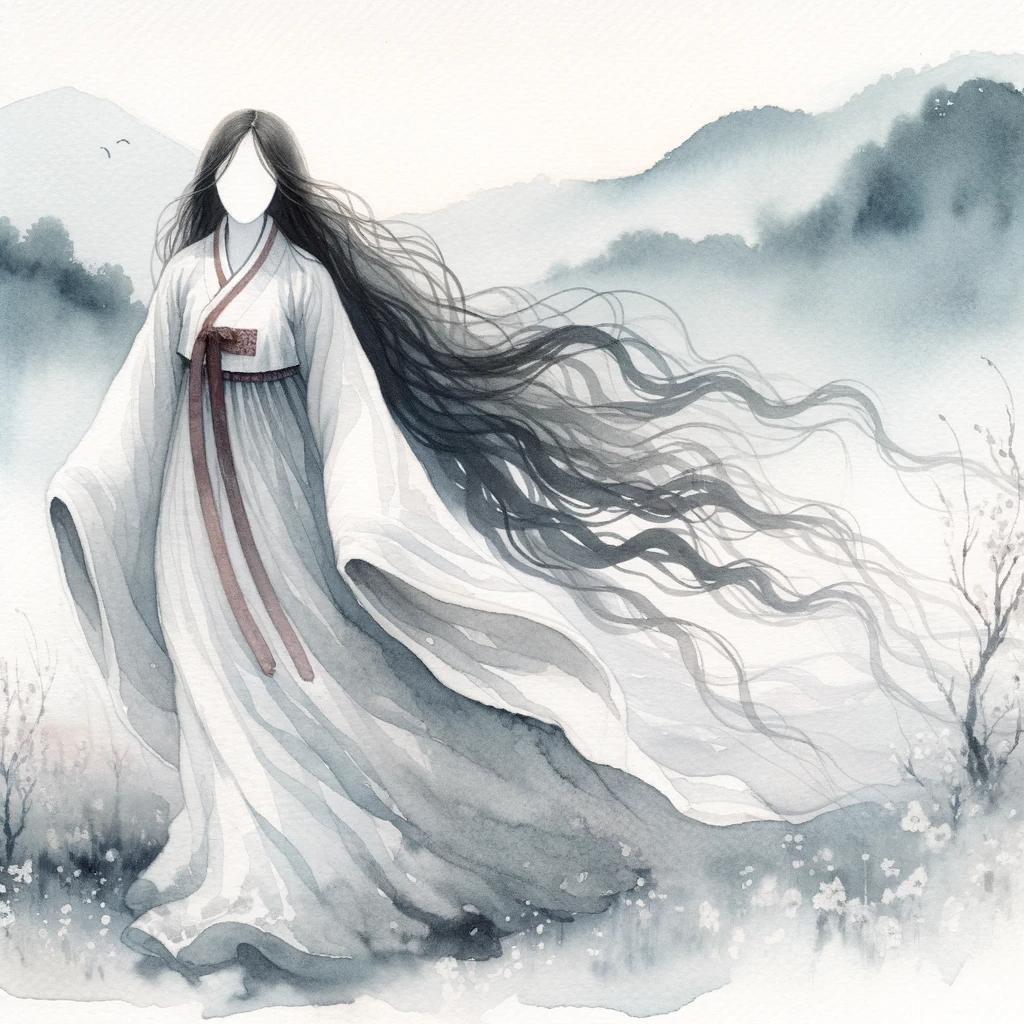Korean Mythology Gods and Goddesses: Unveiling the Legendary Deities from Korea
Korean mythology is a captivating world filled with a diverse range of gods and goddesses, known collectively as the korean mythology gods and goddesses. These mythical beings play significant roles in Korean culture and history, embodying the spiritual and moral values of the society.
Among the korean god names, some prominent deities include Sang-Je, the supreme god and considered the god of South Korea, Yeomna, ruler of the underworld and a revered korean goddess of death, Seokga, the cunning trickster god embodying the korean trickster god archetype, and Dalnim, the enchanting moon goddess, often celebrated as a korean goddess of beauty.
Other noteworthy figures in this rich tapestry of divinity include Jacheongbi, the goddess of agriculture, representing the nurturing aspect of korean goddesses; Mireuk, the deity of creation and destruction, showcasing the dual nature of existence; Paritegi, the guide for spirits, a crucial figure in the journey of souls; and Hwanung, a divine being sent to govern mortals, symbolizing the first in a lineage of divine rulers.
Explore the realms and influences within Korean mythology, which draw from shamanistic, Buddhist, and Taoist beliefs. The mythology incorporates shamanic narratives, creating a complex web of stories that reflect the ancient korean gods and the enduring legacy of south korean mythology.
Celebrations and festivals honoring these gods and goddesses are an integral part of Korean tradition, where the rich tapestry of korean god names and korean goddess names are venerated.
These events serve as a living bridge connecting the present with the ancient traditions of south korean gods and goddesses.
List of Korean Gods and Goddesses
The Fascinating World of Korean Mythology
The world of Korean mythology is a captivating realm filled with tales of gods and goddesses, each with their own unique powers and stories. Exploring the origins and significance of Korean mythology allows us to delve into the rich cultural heritage and mystical beliefs of the Korean people.
The myths are more than just stories; they are a profound expression of the Korean people’s understanding of the world and their place within it.
Origins and Importance of Korean Mythology
The origins of Korean mythology can be traced back to ancient times, deeply rooted in the cultural beliefs and practices of the Korean people. These myths and legends, encompassing the breadth of the Samguk Sagi and beyond, hold immense importance as they are not only a source of entertainment but also provide valuable insights into the collective psyche of the Korean society.
From the nature and river gods that shaped the landscape to the celestial beings like the sun and moon, Korean mythology serves as a mirror to the nation’s soul.
Korean mythology served various purposes throughout history, shaping the moral and ethical values of individuals and the community as a whole.
It provided explanations for natural phenomena, societal norms, and even the creation of the Korean nation itself, often drawing from the five regional traditions that composed its rich tapestry of beliefs.
The narrative of Yuhwa and Haemosu, for instance, reflects the intertwined fate of nature and deities, symbolizing the harmony between the earth and the heavens.
Key Gods and Goddesses in Korean Mythology
Within the realm of Korean mythology, numerous gods and goddesses emerge as central figures, each playing a significant role in the lives of mortals.
These divine beings possess distinct characteristics and powers that define their place in the pantheon of Korean deities. This pantheon is divided into five regional traditions, each contributing unique aspects to the mythology at large.
Sang-Je, the supreme deity, reigns over all other gods and goddesses, embodying ultimate power and wisdom. Yeomna, as the ruler of the underworld, controls the domain of the afterlife and holds sway over the souls of the departed.
The river god, a vital figure in Korean mythology, exemplifies the point that nature and divinity are perpetually intertwined, influencing the lives of those who dwell by the river and beyond.
Seokga, a clever and mischievous god, delights in playing tricks and testing the limits of mortals, embodying the spirit of the Korean trickster god. Dalnim, the enchanting moon goddess, illuminates the night sky and is revered for her serene beauty, symbolizing the purity and elegance of nature and the celestial.
Jacheongbi, the goddess of agriculture and fertility, is venerated for her role in ensuring bountiful harvests and prosperous livelihoods, echoing the mother’s nurturing presence in the realm of the gods.
Mireuk, the deity of creation and destruction, wields immense power in shaping the world, a testament to the dynamic forces of creation mythologized in the Goryeo creation myth and the Silla Samseong mythology.
Paritegi serves as a guide for spirits and acts as a messenger between different realms, while Hwanung was a divine being sent to rule over mortals and guide them towards righteousness, his saga deeply embedded in the narratives of ancient Korean gods.
The stories of the brother and sister who became the sun and moon, inspired by the legendary Joseon Arang, further enrich the tapestry of Korean mythology, depicting the celestial dance of the sun and moon king Gyeongmun and his sister Seonyeo Mangbuseok.
Dangun’s founding of the nation is one of the most cherished creation narratives, deeply rooted in the country’s culture and identity.
Last but not least, Samshin Halmang, the supreme protector of mothers, safeguards their well-being and ensures safe childbirth and maternal health.
She is venerated as a goddess in Korean mythology, symbolizing the nurturing aspect of the family and the home.
These gods and goddesses are not merely characters in mythological tales but are deeply ingrained in Korean culture, celebrated through festivals and revered for their influence on various aspects of life, including the harmony between heaven and earth, and the prosperity of the land and its people.
Exploring the Korean Pantheon
Embark on a captivating journey through the mystical and diverse world of Korean mythology, where gods and goddesses hold great significance. This section delves into the enchanting tales and unique characteristics of various deities that make up the Korean pantheon, including those revered in the Samguk Yusa and other ancient texts.
The narratives span from Jeju Island to the mountainous terrains of Goguryeo and beyond, reflecting the profound connection between the natural world and the divine.
Sang-Je: The Supreme Deity of Korean Mythology
At the pinnacle of Korean mythology stands Sang-Je, the revered supreme deity who reigns over all gods.
With immense power and authority, Sang-Je is considered the king of the Korean pantheon and plays a vital role in the creation and harmony of the universe. His reign symbolizes the ultimate unity of the sky and the earth, guiding the fate of the nation and its people.
Sang-Je’s name is among the most sacred in the Korean gods list, embodying the patron of justice, virtue, and the cosmic order.
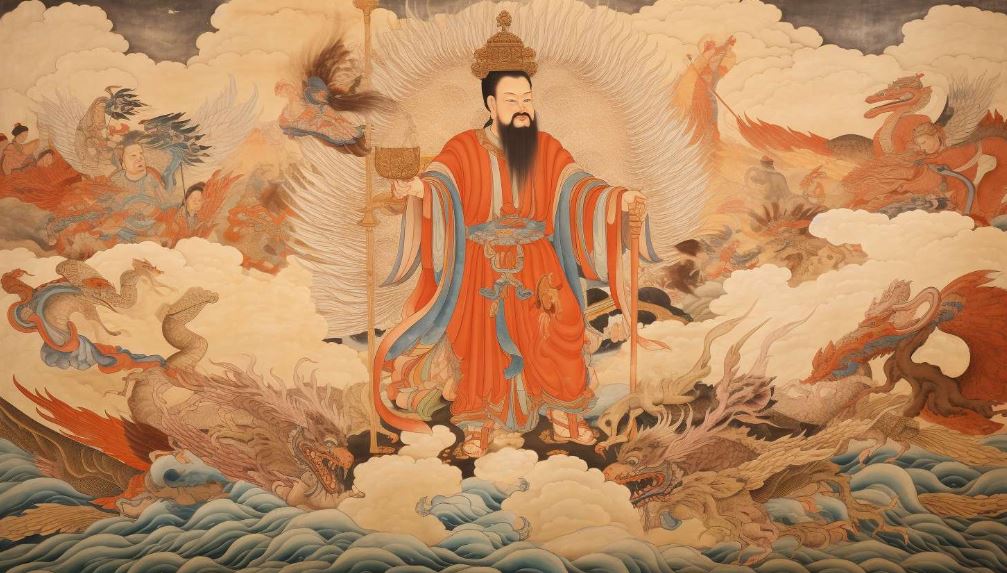
Yeomna: Ruler of the Underworld in Korean Mythology
As the ruler of the underworld, Yeomna oversees the realm of the dead, a vital aspect of Korean deity, ensuring the souls find their rightful place in the afterlife.
This role underlines the importance of balance between the living and the deceased, a concept that has influenced the Korean understanding of life and death throughout the ages. Yeomna’s dominion illustrates the belief in a structured afterworld, where justice and order prevail, mirroring the societal norms and values upheld in the country, and reflecting on the Baekje creation myth which offers a foundation for understanding the cosmic balance.
Delve into the depths of the underworld as we uncover the role of Yeomna, the esteemed ruler of the realm of the dead in Korean mythology. Learn about Yeomna’s responsibilities, his interactions with mortal souls, and the significance of the underworld in Korean cosmology, touching upon the Goguryeo creation myth which narrates the origins of this celestial bureaucracy.
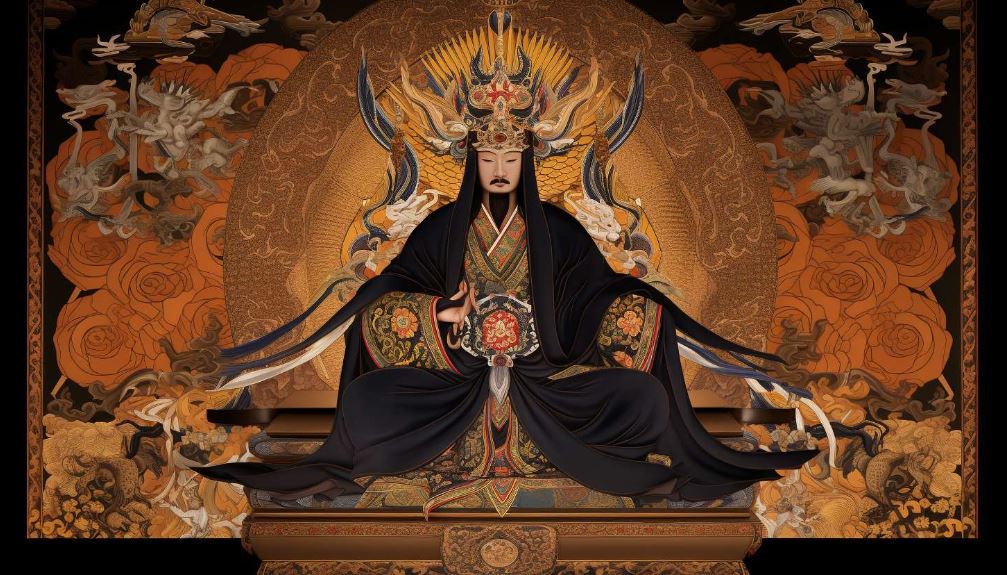
Seokga: The Trickster God
Meet Seokga, the mischievous and cunning trickster god in Korean mythology. Discover the intriguing tales and tricks played by Seokga, as well as the cultural and symbolic significance of this unique deity in Korean folklore, echoing the playful narratives found in the Samseong mythology creation stories.
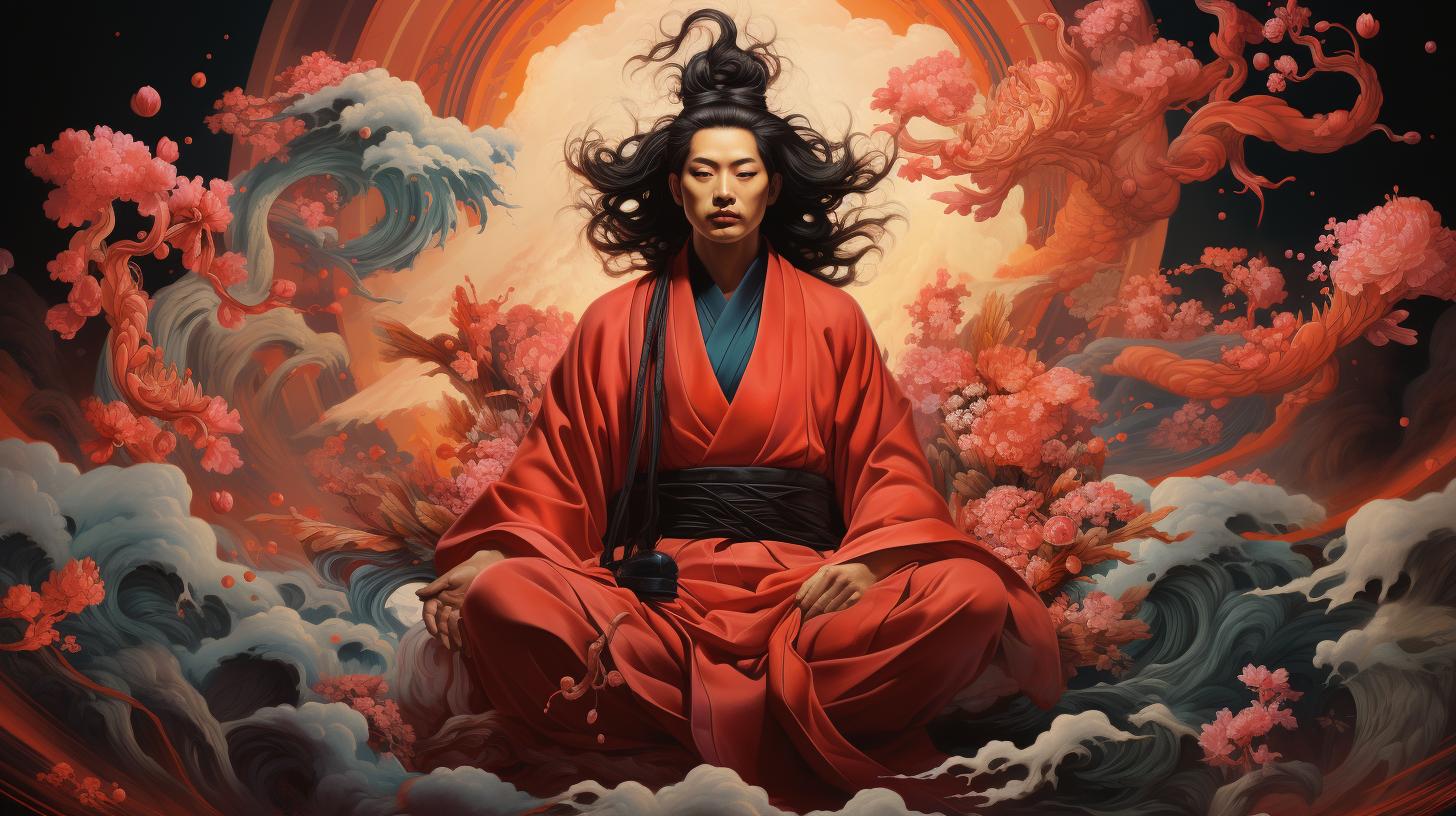
Dalnim: The Enchanting Moon Goddess
Explore the celestial realm and encounter Dalnim, the mesmerizing moon goddess who holds a special place in Korean mythology. Uncover the mythical stories and rituals associated with Dalnim, and understand why she is worshipped and revered by many, in tales that trace back to the founding of the nation across the Yalu River, illuminating the night sky alongside her brother, the sun god, in a tale reminiscent of Yeonorang and Seonyeo.
Jacheongbi: Goddess of Agriculture and Fertility
Step into the realm of agriculture and fertility, and learn about Jacheongbi, the goddess venerated for her role in Korean agricultural practices. Discover the myths and rituals associated with Jacheongbi, and how she ensures the prosperity and abundance of crops, rooted in the Geumgwan Gaya creation narrative that celebrates the harmony between the earth and the heavens, the house and the family, under the protection of patron deities like Gunungsin Inmyeonjo Kumiho, a guardian of the home and harvest.
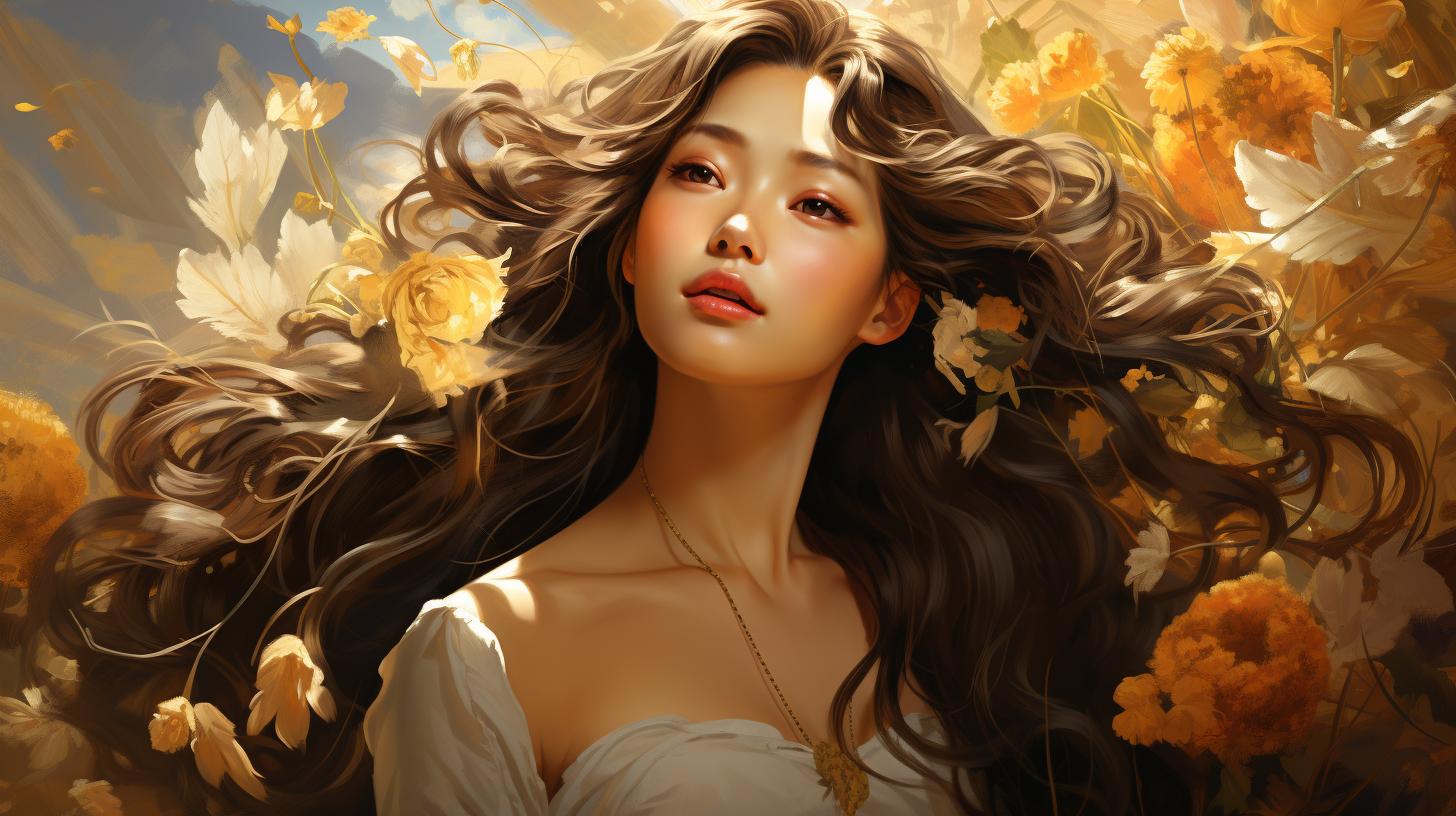
Mireuk: The Creator and Destroyer
Delve into the dual role of Mireuk, the deity who embodies both creation and destruction in Korean mythology. Unravel the complex nature of Mireuk, his power in shaping the world, and the stories surrounding his divine endeavors.

Paritegi: Guide of Spirits and Messenger of Worlds
Discover Paritegi, the guide of spirits and the intermediary between different realms in Korean mythology. Learn about Paritegi’s significant role in guiding souls and facilitating communication between the mortal world and the spirit realm.
Hwanung: The Divine Being Sent to Rule Mortals
Unveil the fascinating story of Hwanung, the divine being sent to govern mortals in Korean mythology. Delve into the legends surrounding Hwanung’s arrival on Earth and the impact of his reign on the lives of humans in ancient Korea.
Haemosu: The Radiant Sun God
Experience the warmth and radiance of Haemosu, the revered sun god in Korean mythology. Explore the myths and beliefs surrounding Haemosu, and understand the cultural significance of the sun in Korean tradition and daily life.
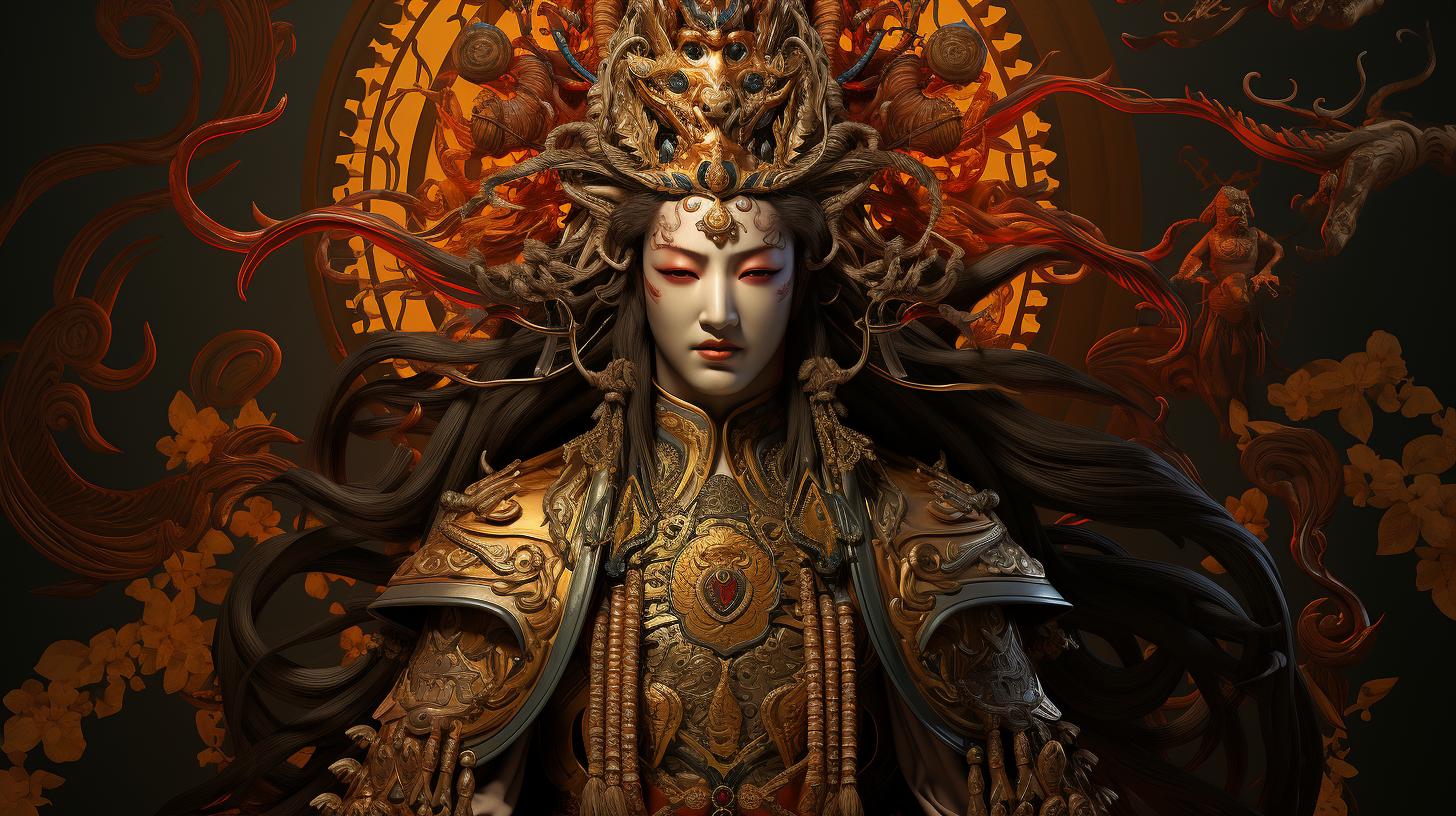
Dangun: The Legendary Founder of Korea
Journey back in time to discover the mythical origins of Korea through the legendary figure of Dangun. Learn about the fascinating tale of Dangun’s founding of the Korean nation and the enduring legacy of this revered figure in Korean folklore and history.
Samshin Halmang: The Protector of Mothers
Explore the maternal realm as we encounter Samshin Halmang, the supreme protector of mothers in Korean mythology. Discover the rituals, beliefs, and symbols associated with Samshin Halmang, and the profound reverence shown to her by mothers across Korea.
Realms and Influence in Korean Mythology
Exploring the realms and influence in Korean mythology provides a deeper understanding of the intricate belief system that shapes the culture of Korea. From heavenly realms to the underworld, these realms play significant roles in the narratives of gods and goddesses.
The Heavenly Realms and Divine Beings
In Korean mythology, the heavenly realms are inhabited by divine beings who hold immense power and influence. These celestial realms are often depicted as ethereal and majestic, serving as the abode of gods and goddesses with their own unique roles and responsibilities.
Imagery of the heavens often portrays vast landscapes, adorned with palaces and divine structures that reflect the grandeur of the gods.
The heavenly beings in Korean mythology are revered for their wisdom, strength, and ability to shape the mortal world, embodying the core aspects of the Korean creation narratives.
Some notable heavenly beings include Sang-Je, the supreme deity, often regarded as the god of South Korea, and Hwanung, who descended to the human world to rule mortals, showcasing the divine intervention in the lives of the people.
These figures, central to the Goguryeo creation myth, illustrate the profound connection between the celestial and the earthly realms.
The Human World and the Interactions with Gods
The human world holds a significant place in Korean mythology, as it serves as a stage for the interactions between mortals and gods, including the son of Sang-Je and the queen of the spiritual domain, symbolizing the unity of heaven and earth.
These interactions often shape the destiny and experiences of individuals, influencing their lives and the world they inhabit. Legends and tales, such as those involving Seonyeo Mangbuseok and the ghost Gunungsin Inmyeonjo, depict gods and goddesses descending to the human world to provide guidance, impart wisdom, or test mortals, showcasing the dynamic relationship between the divine and the human.
These interactions can lead to blessings, curses, or various trials that serve as tests of character and strength. Mortals may seek the favor of gods through rituals, prayers, and offerings, believing in the divine intervention in their lives, as narrated in the stories of the Joseon Arang brother and sister, who navigated the challenges posed by the heavenly beings with resilience and faith.
The Underworld and Its Role in Korean Mythology
The underworld holds a significant place in Korean mythology as the realm where souls journey after death, governed by the deities of the afterlife and intertwined with the fate of the three thousand realms of existence.
This dimension’s intricate role within the spiritual landscape of Korea underscores the complex relationship between life, death, and the divine, rooted deeply in the traditional beliefs and practices of the Korean people.
It is governed by powerful deities and plays a vital role in shaping the afterlife beliefs and practices of Koreans.
Yeomna, the ruler of the underworld, presides over the souls of the deceased, determining their fates.
Beliefs and rituals surrounding the underworld focus on ensuring a peaceful transition and favorable conditions for the souls of the departed, a concept deeply rooted in the Goguryeo creation myth and the narratives of Seonyeo Mangbuseok Samseonghyeol, which detail the journey of souls in the afterlife.
Paritegi acts as the guide for spirits, facilitating their journey between realms and serving as a messenger between the mortal world and the afterlife. This role underscores the interconnectedness of all realms within Korean mythology, from the highest heavens governed by Sang-Je, the supreme deity and god of South Korea, to the deepest parts of the underworld.
Shamanism, Buddhism, and Taoism: Influences in Korean Mythology
Korean mythology is influenced by various belief systems, including shamanism, Buddhism, and Taoism. Each tradition brings its unique gods and deities, contributing to the rich tapestry of korean gods names and narratives that define the spiritual landscape of Korea.
These influences contribute to the diverse and intricate nature of Korean mythological traditions. Shamanistic practices, deeply rooted in the Korean peninsula, involve communication with spirits and ancestors, playing a significant role in connecting with the divine realm.
The shamanistic figure, wielding the sword and channeling the voice of the gods, embodies the bridge between the human and the spiritual.
Buddhism introduced new gods and deities to Korean mythology, blending seamlessly with existing indigenous beliefs.
These additions enriched the pantheon of Korea gods, bringing stories that intertwine with the teachings of Buddha and the quest for enlightenment.
Taoism, with its emphasis on balance and harmony, shaped the concepts of creation and cosmic order within Korean mythology.
The Taoist influence is evident in the stories of creation, where the harmony between yin and yang is a recurring theme, as well as in the reverence for natural elements and the pursuit of spiritual immortality.
Celebrations and Festivals Honoring Korean Gods and Goddesses
Korean mythology is celebrated and revered through various festivals and cultural events, providing communities with an opportunity to express gratitude and seek blessings from the gods and goddesses. These celebrations, deeply ingrained in the fabric of Korean society, offer a glimpse into the divine realm, allowing mortals to commune with the gods, from the esteemed Sang-Je to the compassionate guardians of the natural world.
Through rituals, dances, and offerings, the Korean people honor the legacy of their divine protectors, ensuring their stories and teachings are passed down through generations.
These festivals often involve vibrant rituals, traditional performances, and elaborate ceremonies honoring specific deities.
Key celebrations include the Dano Festival, Chuseok, and Seollal, which showcase the rich mythological traditions and cultural heritage of Korea.
Through these celebrations, Korean mythology continues to thrive and captivate the hearts of its people, preserving the ancient tales and deities for generations to come.
.

